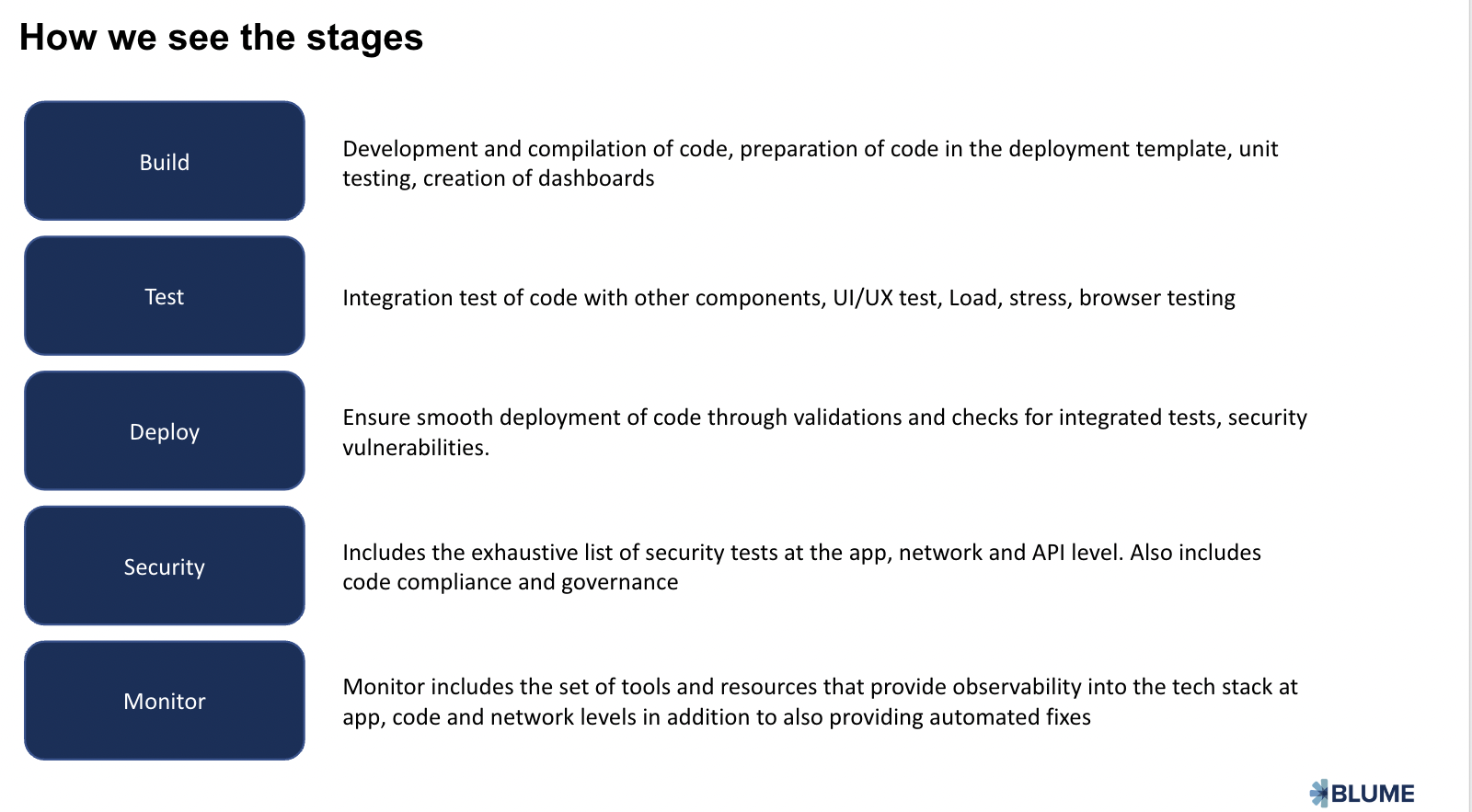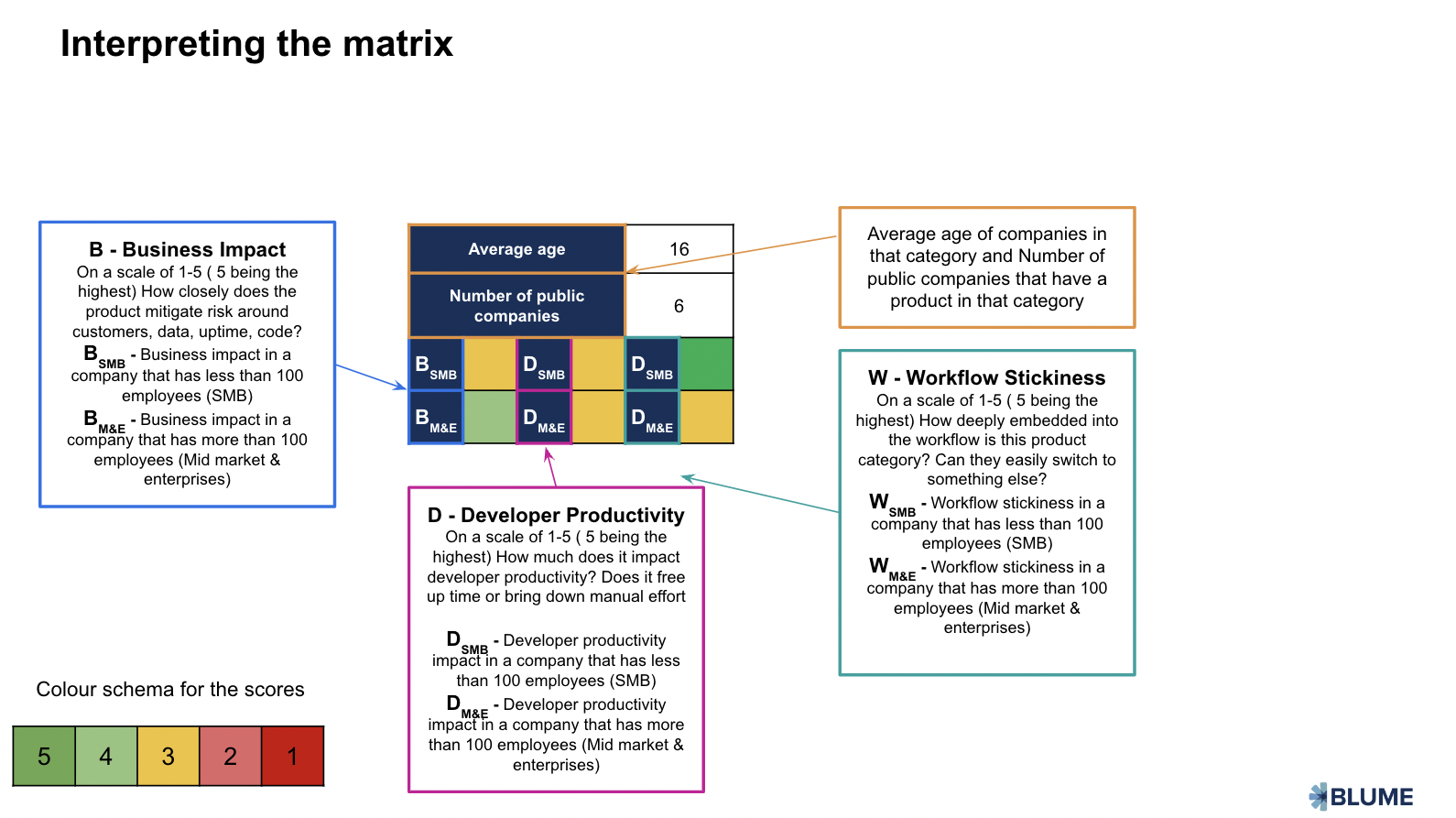Dev Software Market – A Cambrian Explosion Of Startups
- Published
- Reading Time
- 3 minutes
Marc Andreessen’s famous 2011 essay on “Why Software is Eating the World” has been so widely cited over the last 11 years that it is now almost a cliché. But the implications and second degree impact of that vision are still playing out at organizational levels and more importantly at the level of the practitioner of software development – the developer themself.
Resource
Companies that have emerged specifically to service the needs of the modern developer have redefined the way distribution of such products happen, added more emphasis on the developer experience that they provide with it and have also adapted to the shifts in the cultural layer with the emergence of Devops practices, shift-left paradigms, agile methodologies, etc.
The developer demographics have only grown in size and there are 31M of them as of 2022, they wear multiple hats often playing different roles that are bespoke to the nature of industry, company they work in. India currently constitutes the third largest base of software developers in the world, positioning itself as a hotbed for startups that will build specifically for devs.
At Blume, we built a thesis on the Developer-led Landscape to dive deeper into this vast category keeping the developer at the center of it and our thesis here will trace the status quo and trends that emerge in the sub-sectors.
We categorize the companies that exist in this space into 4 broad categories based on how they are used in the value chain:
- Developer toolkits – consists of all tools that are used to actually write code. Examples includes IDEs, SDKs
- Developer platforms – Third party platforms or services that developers can use for deploying applications using runtimes Examples includes APIs, low code platforms, app servers
- Developer Infra stack tools – Tools that help write, compile, test code and monitor applications in production environments
- Workflow tools – Includes any tooling that helps developers manager their internal workflows with technical and non-technical teams
Each of these broader verticals have within them numerous segments that are seeing activity. For instance, the Developer Infra stack category can be further analyzed on the basis of different stages (Build, Test, Deploy, Security, Monitor) that exist in creating and productionizing code.
In order to acquire a refined understanding of each segment, we scored them on the basis of 3 categories across companies that have less than 100 employees and mid-market + enterprise scale companies.
- Business impact – How closely does the product mitigate risk around customers, data, uptime and code
- Developer productivity – How much does it impact developer productivity? Does it free up time or bring down manual effort
- Workflow stickiness – How deeply embedded into the workflow is this product category? Can they easily switch to something else?
We intend to use this as a guiding light to uncover nuances around timing, market positioning of developer landscape products and keep iterating through it as we encounter different viewpoints.
We have also uncovered a few emerging trends that we would like to track in this space
Enabling multi-cloud shifts: As cloud infrastructure scales in complexity and size across org sizes, optimizing for performance and cost becomes a priority front and center. Multi-cloud infrastructure is more complex to handle owing to the increased risk of security risks, necessity to recruit specialists and added complexity with cost and performance optimization. Tooling that can cater to security, governance, config-management, would be pivotal to enable the cloud transformation that even legacy players are attempting to make.
API-first economies: As companies increasingly become API first, the tooling and platforms that exist to support collaborative tasks, governance, security, testing and deployment of APIs. Creating solutions that support API lifecycle management from design to observability for APIs designed in house and integrated from third party solutions would be critical
Even more shift-left paradigms will emerge: Shift left testing strategies were born out of the realization that the cost and impact of a bug as it moves further down the software development workflow increases exponentially. Similarly shifting security and compliance left are also themes that are emerging in companies like Jit, Ethyca.
Enhancing the edge development experience: As edge computing gains more adoption, emphasis on the tool stack that developers have there will also increase given the unique constraints that these environments pose. This includes the vast sprawl of CDNs and their corresponding configuration options, interoperability of edge runtimes across different platforms, managing the life cycle of applications across deployments.
A few interesting themes around this include:
- The use of automation to enable edge scalability and optimize on the basis of factors like traffic, usage, energy consumption.
- Moving AI to the edge using both hardware and software innovations, this addresses various privacy concerns and caters to the low latency requirements of some use cases
Over the last few years, we have had the opportunity to meet and learn from many exciting teams building in this space and have also had the privilege of working with a few of them as portfolio companies. We expect to see even more companies to emerge from this space given the talent density we have in the country. If you are thinking about starting up in this space or would like to brainstorm any potential ideas, do feel free to reach out to swathi@blume.vc (@swathidhamo).
We would also appreciate any feedback/comments you have about the thesis and would highly encourage you to write to us on the same.



